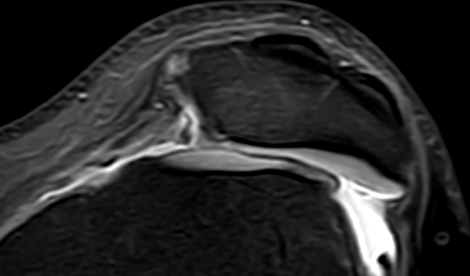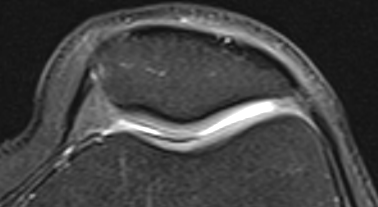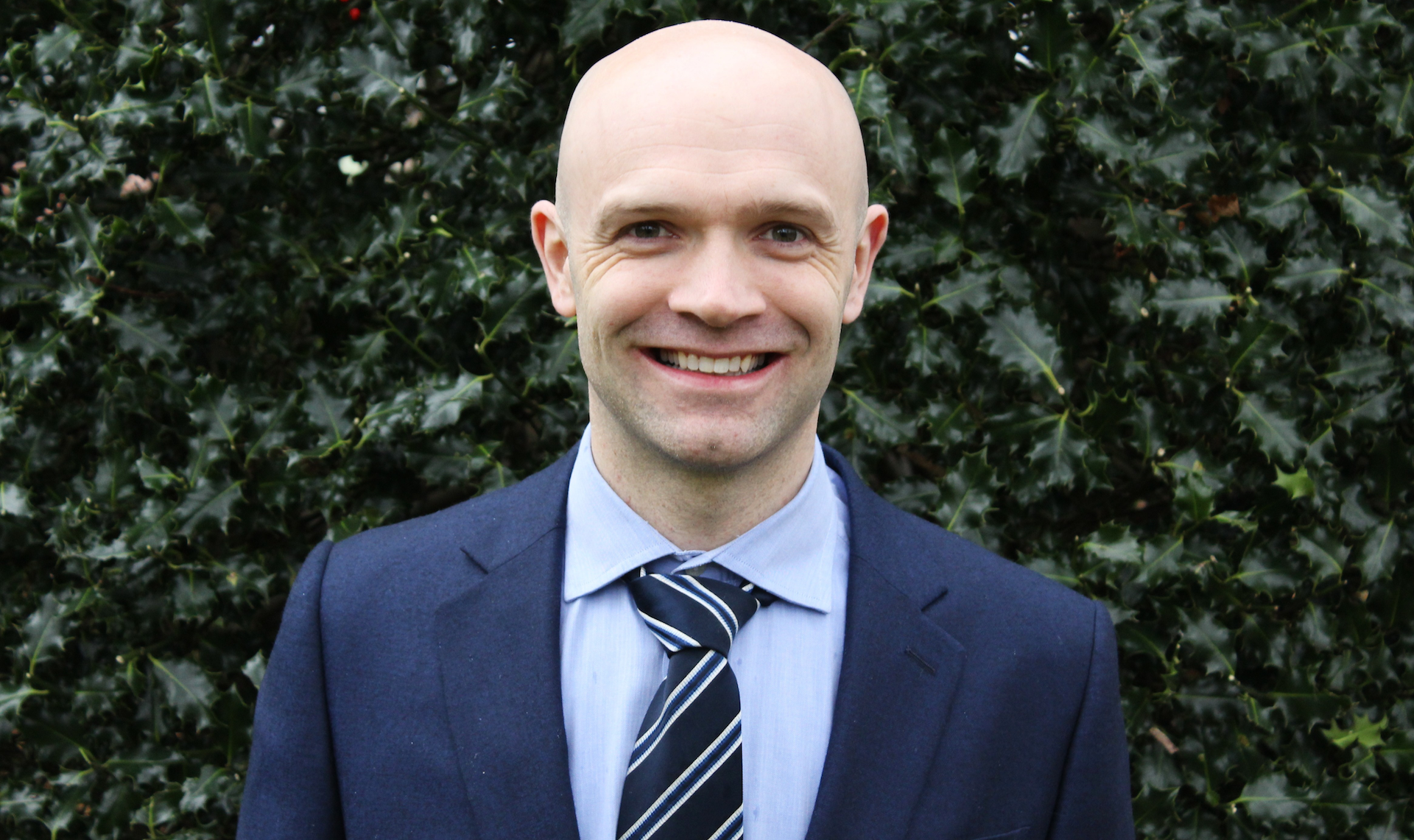If you’re an active person or professional athlete, you may have experienced some discomfort in your knee-cap (also known as the patella) following exercise. At Curtis Robb, we can address patella-related issues you may have suffered, from aches and pains to complete dislocation.
There are several treatment methods we can draw upon to fix patellae that have been dislodged. Our team will explain the whole process when you contact us, but this overview offers some insight into what you can expect during patella realignment.
What is patella realignment?
Patella realignment is the process of placing the patella back into its original groove (the trochlea). The patella can become dislocated from this groove in a variety of ways, including heavy contact (that disrupts the ligament) and bone anatomy changes (that prevents the patella remaining in place). Patella dislocation often leads to pain and articular cartilage surface damage, as well as problems like osteoarthritis later down the line.
Regular knee cap dislocations can hamper confidence, as there is always the potential for it to pop out again until it has been repaired by a medical professional. Curtis Robb can resolve the problem once and for all, allowing you to enjoy your sport without having to worry about your knee-caps.
Patella realignment: Our treatment
Suffering a single patella dislocation doesn’t usually require surgery. At Curtis Robb, we provide you with the necessary support to reduce swelling (this is common after patella dislocation) and build up muscle strength that might have been lost as a result of this injury.
Our team will work with you to re-stabilise the knee-cap, ensuring the muscles around the hip and knee are optimised. Good gluteal muscle function is important to prevent the knee-cap from popping out again.
If the patella will not remain in place, the issue can be repaired either through medial patella-femoral ligament reconstruction (MPFL), tibial tubercle surgery, or trochleoplasty surgery (depending on the nature of the injury).
Medial patello-femoral ligament reconstruction (MPFL)
During an MPFL procedure, the natural ligament on the inside of the knee cap is reconstructed to function as a restraint that prevents dislocation. A portion of the patient’s own hamstring muscle (the gracilis) is obtained through a keyhole incision and is used to act as a new ligament.
This is then placed into the patella and femur in line with where the natural ligament should be – balancing the patella back into its groove. Our team will perform keyhole surgery before and after the ligament reconstruction to ensure the correct alignment is achieved.
Tibial Tubercle Surgery
The tibial tubercle is the area where the patella tendon inserts into the tibia. Tibial tuberosity surgery is recommended if the patella is too high or if the tibial tuberosity is too far away from the groove (trochlea). MRI scans and X-Rays can determine whether this type of surgery is necessary.
When the patella is too high, our surgical team will move the tibial tubercle lower down the tibia and reattach it with two screws. This allows for bone to bone healing without the formation of scar tissue.
When the tibial tuberosity is too far away from the groove, our team will seek to bring these two areas closer together; fixing the tibial tuberosity into a more stable position with screws. This subsequently balances the patella – enabling it to stay in the groove.
You will be able to bend and straighten your knee after surgery but this type of surgery will require you to wear a brace for 6 weeks afterwards when walking (to keep the knee straight). Our team will do everything they can to make you feel as comfortable as possible during the recuperation period.
Trochleoplasty
In some instances, a normal groove will not form – meaning the patella is unable to remain in place. This is known as trochlea dysplasia (See image below).

MRI scan of knee cap with no groove (trochlea dysphasia)

MRI scan of knee cap (patella) with normal groove (trochlea)
Without a groove, the patella is left balancing on a ball or a dome – which makes it very unstable.
In this scenario, the team will perform trochleoplasty surgery that creates a new groove for the patella to sit in. This is achieved by elevating the cartilage, removing the bone beneath it, and reattaching the cartilage again. Full bending of the knee is possible after this type of surgery.
If you have any questions about knee-cap surgery and patella realignment, don’t hesitate to contact Curtis Robb. Get in touch today on 01925 215 047 or curtis@curtisrobb.co.uk – we’re more than happy to explain the process in more detail.
